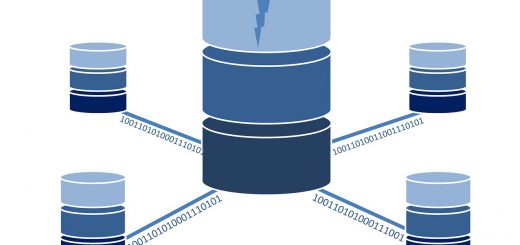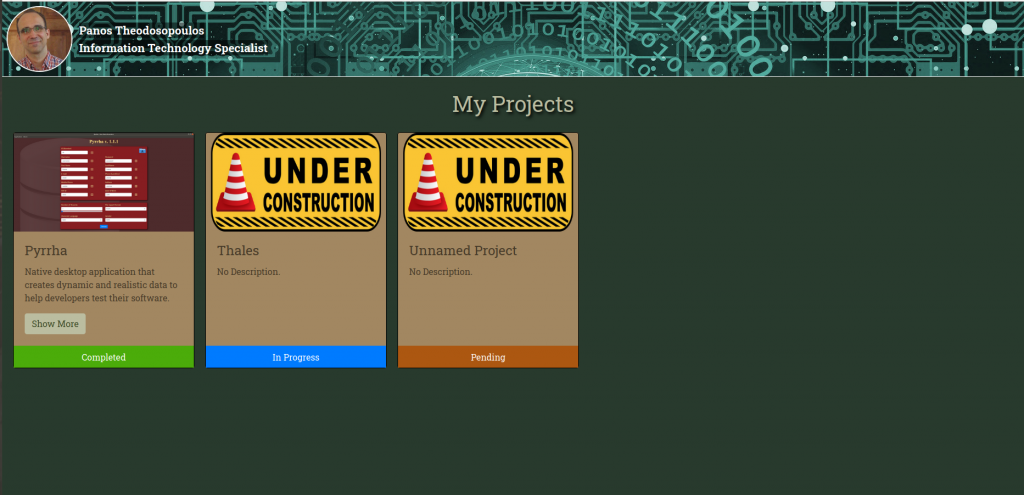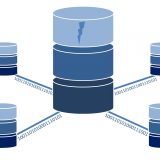Virtualization Basics

According to VMware, one of the best companies in the field of virtualization, “Virtualization is the process of creating a software-based, or virtual representation of something, such as virtual applications, servers, storage and networks.”
Hypervisors
Hypervisor is a type of software that creates and operates virtual machines. A virtual machine is an environment, which consists of several files, that acts like an actual computer with its own memory, CPU and storage. It is like a computer (virtual) within a computer (physical). A hypervisor is installed in a physical computer called “host” and allows this machine to operate multiple virtual machines called “guests”. There are two types of hypervisors:
- Hypervisor type 1 (bare-metal). This type of hypervisor runs directly to the physical machine with no pre-installed operating system. It is better in terms of performance and stability than a type 2 hypervisor due to the absence of an operating system lying between the hardware and the hypervisor. Examples of a type 1 hypervisors are: VMware ESXi, MS Hyper-V, Citrix XenServer.
- Hypervisor type 2 (hosted hypervisor). This type of hypervisor runs on a physical machine which already has a running operating system. Therefore, in this type, the hypervisor is installed like a typical software on the operating system of the machine. Examples of a type 2 hypervisors are: VMware Workstation, VMware Player, Oracle VM VirtualBox.
Common types of virtualization
There are many types as well as subtypes of virtualization. Let us see the most common ones for now.
- Operating system virtualization is a subtype of software virtualization that offers the ability to host multiple operating systems on the native operating system.
- Application virtualization is another subtype of software virtualization that gives the ability to host multiple individual applications in a virtual environment that is independent of the native operating system. VMware ThinApp is a well-known software of thissubtype.
- Storage virtualization is a very efficient way to manage drive storage. In this type of virtualization, many physical hard drives combined to construct one large storage pool. It is popularly used by cloud services.
- Hardware virtualization or server virtualization allows many virtual servers to reside in a single physical machine. Here, every virtual server is functioning as a standalone machine that is independent of all the other virtual servers.
- Desktop Virtualization is a type of virtualization that provides the user the ability to access a desktop environment and operating system from a device, which is commonly known as “thin” or “zero” client, with the desktop and OS to a remote server instead of being installed on the user’s device.






